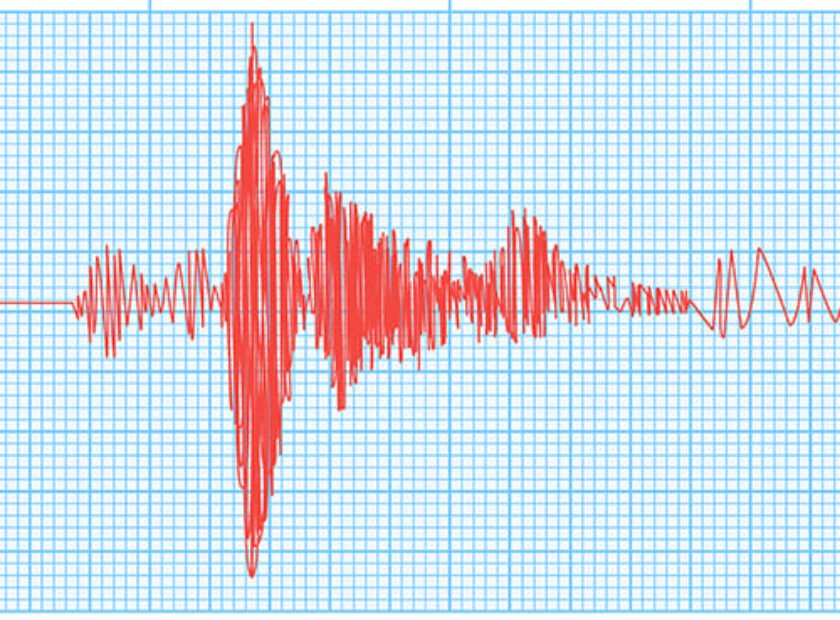Current guidelines for the use of CT calcium scoring in preventive cardiology
Current guidelines for the use of CT calcium scoring in preventive cardiology.
The calcium scoring (also known as CAC score) is an imaging test used to assess the amount of calcium in the coronary arteries, which is a marker for atherosclerosis.
This article was highlighted by an AHA update.
1. Class of Indication (according to 2024 guidelines like (ACC/AHA)):
• Class IIa: Calcium scoring can be considered for assessing the risk of cardiovascular events in asymptomatic individuals who are at intermediate risk based on traditional risk factors (such as age, cholesterol levels, blood pressure, smoking, etc.). This can help to better stratify risk and guide preventive treatment (e.g., statin therapy).
• Class IIb: Calcium scoring may be considered in individuals at low risk or high risk of cardiovascular disease if there’s uncertainty about treatment strategies.
2. Calcium Score Levels and Risk Prediction:
• 0 (no calcium): This indicates a very low risk of coronary events over the next 10 years (less than 1% risk).
• 1-100: Mild to moderate risk. The 10-year risk is still relatively low but may increase slightly.
• 101-400: Moderate to high risk. Further treatment may be needed.
• Above 400: High risk. A score over 400 indicates a substantial amount of coronary artery disease and a high likelihood of an event in the short term. These patients are at very high risk and should receive aggressive management and preventive care.
3. Predictive Value:
• Risk prediction: A higher calcium score indicates more extensive coronary artery disease.
• Not yet classified as a Class 1 recommendation, indicating that more clinical trial data are needed.
CAC Scoring: detects calcified plaques in coronary arteries.
• Interpretation of Scores:
• Higher calcium scores correlate with increased risk of cardiac events.
• A score of zero indicates an extremely low risk of developing coronary disease.
• Clinical Application: Assists cardiologists in determining the necessity of statin therapy based on individual risk assessment especially in younger populations.
Recent guidelines. as of October 2024 emphasize its role in enhancing cardiovascular disease (CVD) risk assessment, particularly for individuals at intermediate risk.
• Advantages of CAC Testing:
• Highly sensitive in detecting subclinical atherosclerosis.
• Safe procedure with minimal radiation exposure.
• Procedure Details: Involves a low-radiation dose CT scan without the need for contrast agents.
• Cost :
• Typically offered at a low cost ($50-$150) due to limited insurance coverage.
Therapeutic Recommendations Based on ACC/AHA
•CAC Score: 0
•No calcified plaque
•Consider no statin unless diabetes, LDL-C ≥190 mg/dL, smoker, family history of premature ASCVD, 10-y ASCVD risk ≥20%, or high Lp(a)
•Consider repeat CT for CAC or analysis of nongated chest CT at:
○3 y for diabetes or high 10-y risk for ASCVD
○3-5 y for intermediate 10-y risk for ASCVD
○5-7 y for low 10-y risk for ASCVD
1
•CAC Score: 1-99.
•Mild atherosclerotic burden
•Statin (+nonstatin) therapy as needed to achieve LDL-C goal <100 mg/dL
2
•CAC Score: 100-299
•Moderate atherosclerotic burden
Recommendations
•All of the above plus:
•Statin (+nonstatin) therapy as needed to achieve LDL-C goal <70 mg/dL
•Consider low-dose aspirin therapy
3
•CAC Score: 300-999
•Severe atherosclerotic burden
•Very high risk; risk associated with CAC ≥300 is similar to having had a myocardial infarction, stroke, or peripheral arterial disease (ie, ASCVD),suggesting that such patients could be treated similarly to those with clinical ASCVD.
Recommendations
•All of the above plus:
•High-intensity statin (+nonstatin) therapy as needed to achieve LDL goal <55 mg/dL
•Low-dose aspirin. Other therapies that have been mostly reserved for secondary prevention (eg, GLP1 RA, icosapent ethyl, colchicine) should also be considered.
4
•CAC Score: ≥1,000
•Extensive atherosclerotic burden
•Extreme risk; risk associated with CAC ≥1,000 similar to having had multiple ASCVD events, and warrant even more aggressive & greater risk reduction (Emerging therapy; for example, low-dose anticoagulant in combination with low-dose aspirin, anti-inflammatory therapy (eg, low-dose colchicine).
.


